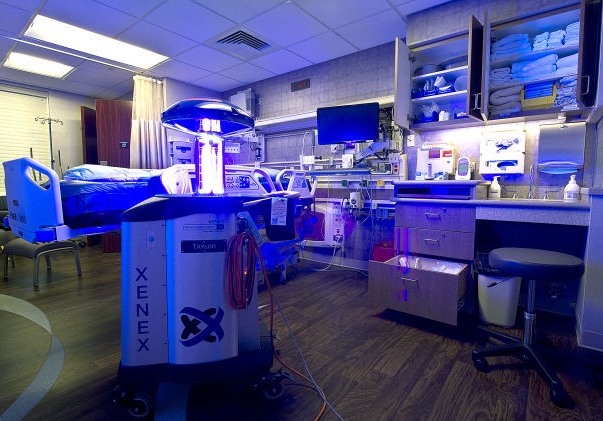
Advertisement
Occurrences of the mosquito-born Zika virus are escalating throughout Latin America, affecting thousands of women and their unborn babies. The disease, which was first detected in the 1940s, resembles the symptoms of dengue fever including mild fever, rash and bloodshot eyes.
However, it differs vastly in that it’s linked to birth defects, resulting in a condition called microcephaly which is associated with neurological damage and reduced brain and skull size in newborns. The majority of babies affected either die before or shortly after birth, or they suffer from a hopeless future due to their severe mental and physical handicaps.
No treatment currently exists for the Zika virus, which began as a mild threat, before morphing into a more serious one. Responding to the severeness of the outbreak, the World Health Organization warned that the virus could infect up to 4 million people in the Americas.
Zika virus detected in 23 countries
“Last year, the virus was detected in the Americas, where it is now spreading explosively. As of today, cases have been reported in 23 countries and territories in the region,” said Dr. Margaret Chan, Director-General for WHO.(1,4)
Media has been quick to compare the Zika virus to Ebola, which is believed to have killed about 11,000 people in the year of 2014. But the two are vastly different, not only in the manor that they’re spread, but also in the health effects they cause. However, they are both viruses – so is it possible that they could be treated similarly?(2)
As with Ebola, researchers around the world are scrambling to invent a Zika vaccine, a development that’s likely 10 years in the making. But a vaccine may not be necessary. During the midst of the Ebola crisis, Natural News reported on some interesting revelations about an ultra-violet light zapping robot capable of killing viruses in under two minutes.(3)

“It’s called the Xenex Germ-Zapping Robot, and it was invented by a team of Texas doctors whose company is based on San Antonio… The Xenex Germ-Zapping Robot uses pulsed xenon-generated UV light to achieve what the company calls ‘the advanced environmental cleaning of healthcare facilities.’ Because ultraviolet light destroys the integrity of the RNA that viruses are made of, it renders viruses ‘dead,’” reports Natural News.
Could ultra-violet light stop the spread of the Zika virus?
According to Mike Adams’ report, ultra-violet light may be effective for killing all types of viruses. If this is true, could this method also be effective for treating the Zika virus?
“The Xenex robot destroys Ebola on surfaces in just two minutes, zapping them with a specific wavelength of UV light at concentrations that are 25,000 times higher than natural sunlight,” they reported.
Not only is the technology effective, but it’s environmentally friendly as well.
“The Xenex unit generates UV light using xenon — one of the noble gases — rather than toxic mercury. So there’s no toxic mercury to deal with, even when disposing of the equipment after its useful life.”
Technology that’s effective and green
Disinfecting chemicals routinely used to clean surfaces in hospitals, nursing homes, daycares and schools often involve harsh compounds that pose serious health effects, following pro-longed exposure, even in small amounts.
However, the UV light-zapping technology eliminates germs without the use of toxic chemicals. Studies conducted by the manufacturer show its extraordinary ability to kill both bacterial superbugs and viral strains including the following:
- 57% SA at M57% reduction in MRoses Cone
- 53% reduction in C.diff infections at Cooley Dickenson
- 50% reduction in bacterial contamination at Cambridge Health Alliance
- 30% reduction in C.diff at the MD Anderson Cancer Center
- 62% reduction in microbial load at the St. Joseph’s Hospital and Medical Center
As the intensity of the Zika virus increases, we may soon witness health officials turning away from vaccine development, and towards more innovative technologies, such as the Xenex UV robot.
Sources:
(1) Reuters.com
(3) NaturalNews.com
(4) In.Reuters.com
Submit a correction >>
This article may contain statements that reflect the opinion of the author
Advertisement
Advertisements















